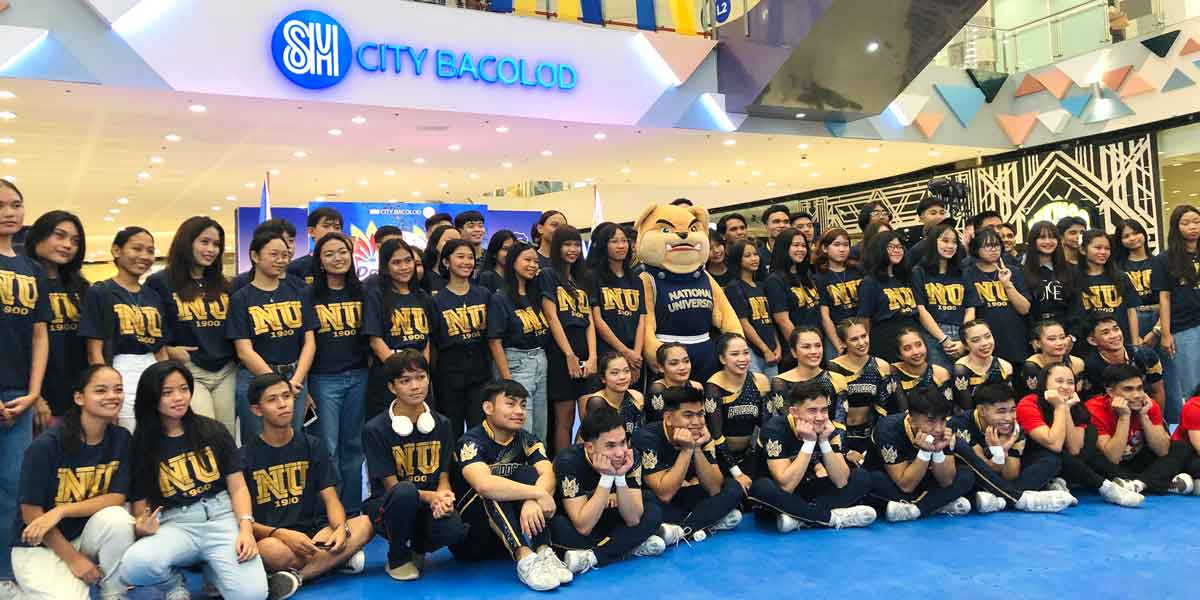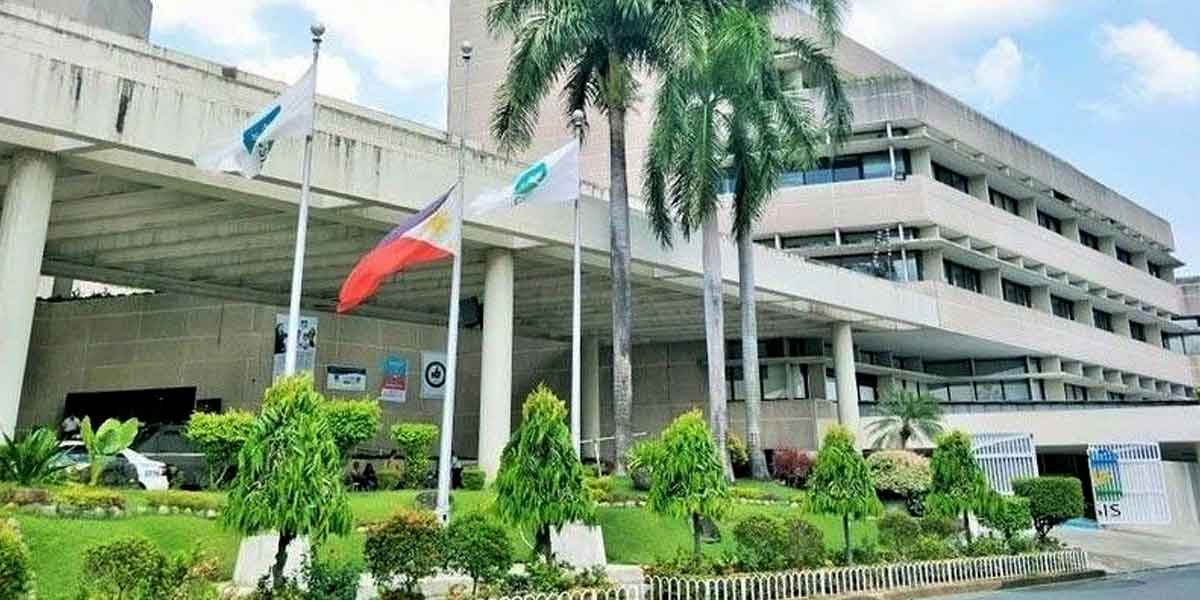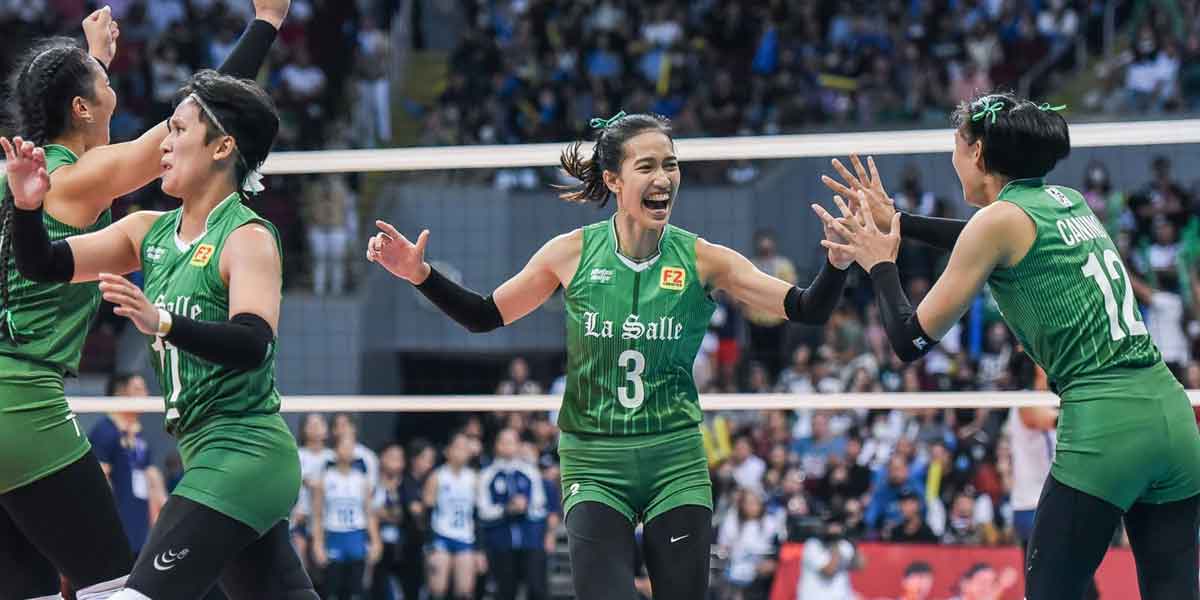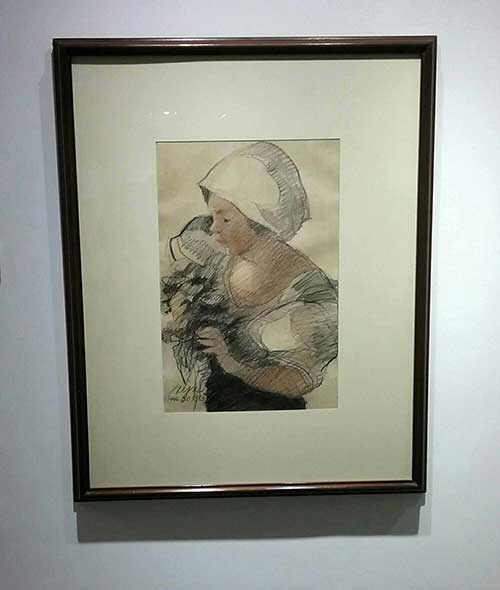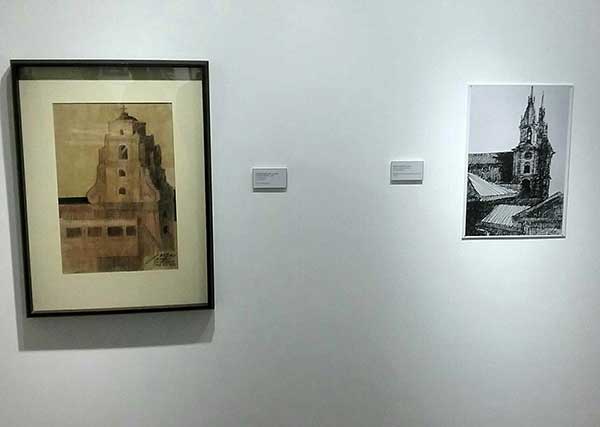By John Anthony S. Estolloso
THIS IS not an attempt to write a biographical article of a National Artist.
Nor is this an exploration of José Joya’s inspirations in the making of his art; neither does the author intend to put his artworks on the couch. Rather, it is a simple recognition of the other side of the abstract artist seldom seen in his canvases: the sketches that show the prowess of the master in the traditional techniques of drawing, quite removed from his familiar métier of nonrepresentational art.
For in his heyday, Joya broke aesthetic ground with the abstraction of his art. Departing from the conventional pastorals of Fernando Amorsolo or even Cesar Legaspi’s social realism, his canvases championed the combination of forms and elements without projecting clear images even as it exuded raw emotional power, leaving much of the understanding of the art – for better or for worse – to the discerning ogler or the boorish viewer.
But nothing of this abstraction is seen in the Hanas Changing Exhibition Gallery of the University of the Philippines – Visayas’ Museum of Art and Cultural Heritage. On display are the National Artist’s intricately drawn sketches of personas in various poses and of stately local structures or scenes. Rendered in pastel and colored pencil, they are a sharp contrast from the recognizable splotches of abstract impressionist hues and tints usually visualized in his major works from the 60s to the 80s.
Pleasing to the eyes are the sketched projections of church facades: the charming play of shadow and light captured in the facades of belfries, their proud, soaring architecture showing off Joya’s command for geometric manipulation and in some frames, the fine shading and linework reminiscent of the lean chiaroscuro of the great illustrators and engravers.
Recurring in most of the frames are female figures assuming various roles and postures: a demure Madonna in Filipiniana sans the religious nuance, a young Filipina scrutinizing what appears to be a muddle of flowers and leaves, an elderly woman staring in apathetic ennui, a young lady seated gracelessly in an air of seductive modesty. If these portraits intend to convey the flowering of Filipina grace, then they are not found lacking, and they would have stood up to any Amorsolo portrait of the local maiden.
There are other figures too – a pair of boys seated together, their companionship evocative of paintings by John Phillip or Bartolomé Esteban Murillo, or even the recurring curved lines of the male bathers of Georges Seurat. Casting back a suspicious glance at the viewer, the figures appear to comment on their prospective audience: the boy on the left, with eyebrow raised, especially seems to question the motives of the onlooker (or the painter?).
More interesting to the Ilonggo crowd would be the portrait-sketch of a young Ed Defensor, holding a hat and a binangon, the local Visayan blade used for chores or for combat. The image lends an interesting aside to the encounters of the National Artist with our own local artists, and how Joya’s artistic style and worldview has influenced them. Try scrutinizing the hodgepodge pastiches of Ed Defensor or the loops and lines of Rock Drilon and you would see glimpses of the abstract impressionist’s inspiration to these painters.
*****
But regardless of the subject of these frames, one underlying theme cuts through all of Joya’s sketches: a quaint though quiet euphoria capturing the moments of places and personas, and preserving these for posterity.
Far these may be from the raw exuberant outbursts of line and color that so often characterized his artworks, these drawings project his capacity to humanize his subjects: whether these are the silent faces that look towards or look away from their viewers or the stolid towers and scapes of local scenery, you will find something to marvel at – or be blissful about – in their details.
[The writer is the subject area coordinator for Social Studies in one of the private schools of the city.]



